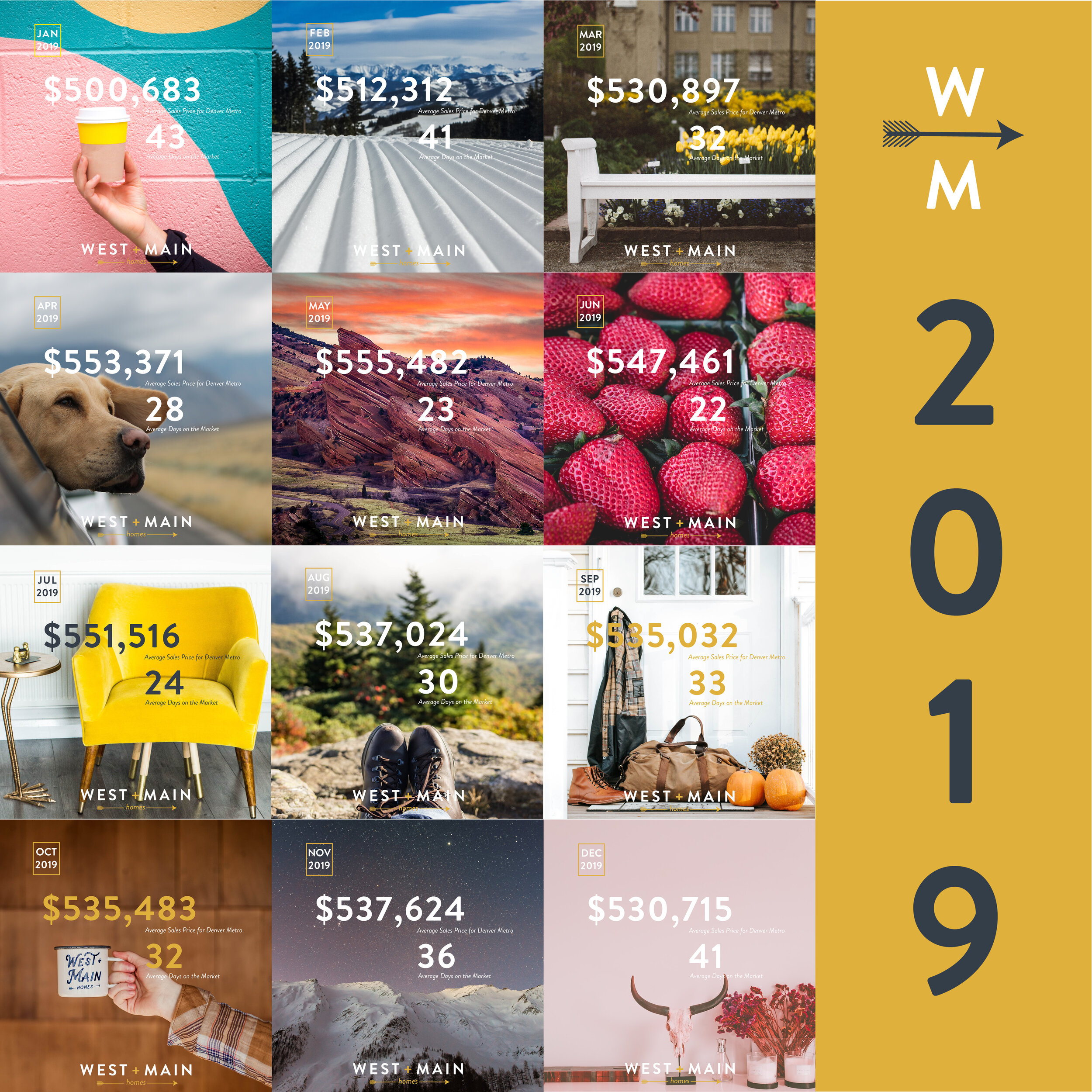
DISPOSE OF REMODELING DEBRIS THE ECO-FRIENDLY WAY
The most successful home remodeling projects begin with planning. While it’s impossible to predict everything, you can plan things like the materials you’ll use and how you’ll get rid of all the waste and debris the project is sure to generate.
You may think that simply tossing that old bathroom linoleum in the dumpster is sufficient, but did you know that more than 30 percent of the waste that ends up in landfills comes from home remodeling projects? That’s a lot but committing to sustainability in the way you dispose of your project’s waste by recycling, reusing, or selling it can likely save you a lot of money.
In the information below, we’ll give you a few ways you can recycle or reuse some of the materials you would otherwise throw away and how you can dispose of paint and other chemicals safely.
RECYCLING YOUR REMODELING MATERIALS
Nearly 85 percent of all home remodeling materials can be recycled. There are a couple of benefits to recycling your remodeling debris, both of which could save you money.
- Recycled building materials can be written off at tax time, and
- Some recycling companies will pay you for the remodeling materials you recycle.
So, not only are you doing your part for the planet when you recycle your unused remodeling materials, but you’re also saving yourself money you wouldn’t have otherwise saved.
GETTING RID OF UNUSED PAINT
If you’re like most homeowners, you have stacks of paint cans taking up space in a corner of your garage or basement. Since only 3 states (California, Oregon, and Connecticut) have paint buy-back programs, it’s very difficult to get rid of unused paint safely everywhere else in the country.
Having said that, there are a few things you can do to make sure your leftover paint doesn’t cause environmental concerns once your home remodeling project is finished.
- Buy eco-friendly latex paint that doesn’t contain volatile ingredients
- Donate unused paint to Habitat for Humanity
- Don’t use oil-based paints as they are more hazardous for the environment
- Buy only the amount of paint you need to complete your project
- Recycle the empty steel cans
- Use leftover lighter shades as base coats on future projects, and
- Add a paint hardener to leftover paint to make it safer to dispose of
REUSING BUILDING MATERIALS
Most home remodeling projects involve demolition rather than deconstruction. Demolition means you remove all the old materials any way you can. Deconstruction is basically reversing the installation process to make it easy to examine and reuse the materials. By deconstructing your project, you can reuse some of the materials as suggested below.
- Carefully remove old cabinetry. You can reuse the wood or the cabinets themselves, or you can donate them to a local non-profit organization.
- Paint old hardware for a fresh look
- Take drywall sheets down whole to reuse when building new interior walls
- Reuse old screws and nails
- Use reclaimed wood from other areas or locations
Whether you’re doing your home renovation yourself or you hire a company to do it for you, make sure you do your part to save money and the planet by practicing sustainability in the disposal of the project’s waste.











